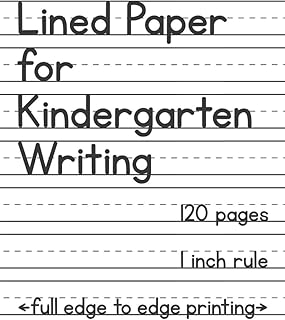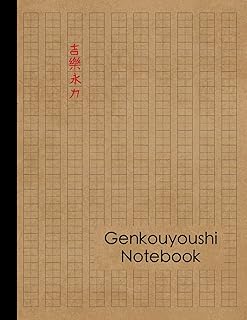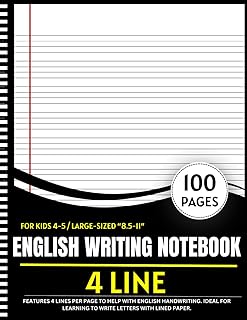Parents often beam with pride when their child first writes their own name, marking the beginning of a journey filled with memorable childhood milestones. While activities like copying shapes and tracing letters may seem like typical ways to help children learn to write, there are more nuanced aspects to consider. Developing fine motor skills, essential for writing, can be honed through activities like threading beads and playing with playdough.
However, the process of handwriting is multifaceted and involves not only fine motor skills but also gross motor skills and visual-perceptual abilities. To prepare children for writing, it is crucial to focus on their overall motor development and spatial awareness. Taking children to the playground, with its climbing equipment and open spaces, can aid in enhancing gross motor skills necessary for writing, such as balance, stability, and posture.
An important aspect of gross motor skills is crossing the midline, a skill vital for developing hand dominance. Playground activities that involve crossing the midline, like hanging from monkey bars with crossed hands, can significantly contribute to this skill development. Additionally, navigating through open spaces and obstacles at the playground can help children develop spatial awareness, crucial for letter formation and alignment.
Encouraging children to engage in early mark making and scribbling activities can lay a strong foundation for handwriting development. Providing ample blank spaces for children to explore mark making, whether with chalk on pavements or large sheets of paper, allows them to develop an understanding of spatial relationships and their place within a given space.
When teaching children to write, it’s essential to emphasize the importance of visual perception and motor coordination. Activities that enhance visual-perceptual skills, such as solving jigsaw puzzles and identifying shapes in illustrated books, can aid children in recognizing and reproducing letters accurately. Developing these skills is crucial for legible and coherent handwriting.
Before introducing formal letter writing, children should be proficient in copying geometric shapes, a key indicator of writing readiness. Mastering shapes like circles, squares, and triangles prepares children for the more complex task of forming letters. Delaying formal handwriting instruction until children can replicate these shapes effectively can set a strong foundation for future writing skills.
Providing children with high-quality writing materials, such as vibrant pens, markers, and paints, can significantly enhance their motivation and enjoyment of writing. Novel and engaging writing tools not only make the writing process more enjoyable but also stimulate creativity and exploration in young writers. The quality and variety of writing materials can play a vital role in nurturing a child’s interest in writing.
📰 Related Articles
- Magic Camp Enhances Motor Skills for Children with Hemiplegia
- MCITy Workforce Development Program Enhances Professional Skills
- abrdn Holdings Reveals NAVs, Enhancing Investor Insights
- Yoga Instructors Added to Australia’s Priority Skills List
- World Bank’s Role in Enhancing Remote Learning Strategies Globally






